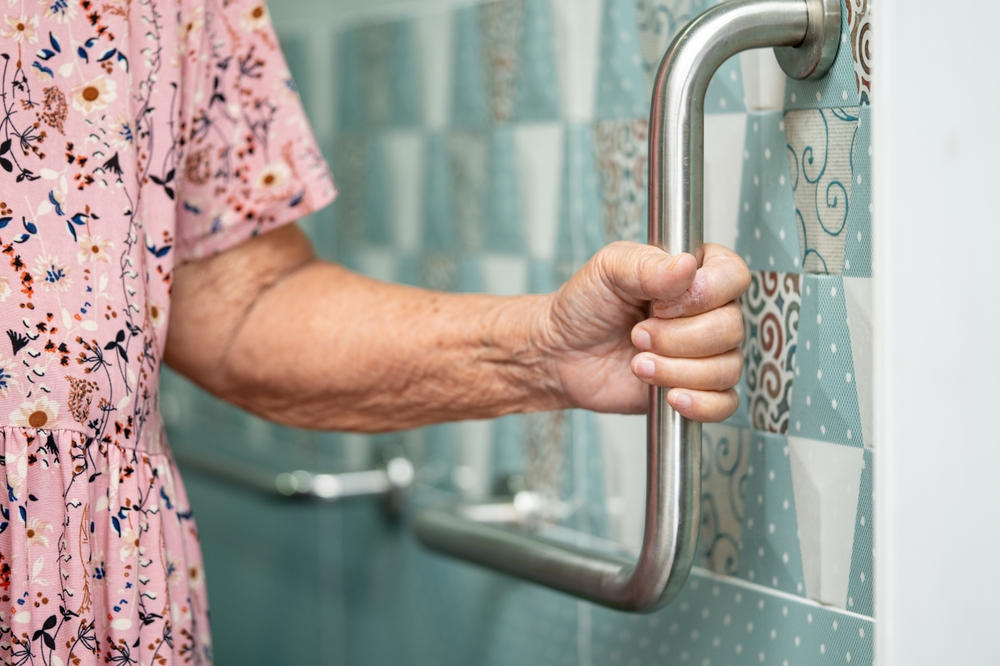As our loved ones age, ensuring their safety becomes a top priority. One effective way to enhance their safety is by using smart home sensors for fall detection. These sensors have revolutionized how we monitor and care for elderly family members, providing peace of mind while allowing them to maintain their independence. In this article, we will delve into the world of smart home sensors, exploring their benefits and how they can be integrated into daily life.

Understanding Fall Detection Technology
Fall detection technology has advanced significantly in recent years. These systems are designed to detect falls automatically and send alerts to family members or caregivers. The primary goal is to ensure timely assistance in case of an accident. The use of smart home sensors provides a non-intrusive and efficient way to monitor movement and detect falls in real-time.
The Importance of Fall Detection
Falls are a leading cause of injury among seniors. According to the Centers for Disease Control and Prevention, one out of four older adults falls each year. The consequences of falls can be severe, leading to hospitalizations and even long-term disabilities. Implementing fall detection systems in homes can significantly reduce these risks by providing immediate alerts, ensuring prompt medical response.
How Smart Home Sensors Work
Smart home sensors utilize advanced technologies such as accelerometers, gyroscopes, and machine learning algorithms to accurately detect falls. These sensors can be installed in various locations within the home, such as living rooms, bedrooms, and bathrooms. When a fall is detected, an alert is sent to the designated contacts, allowing for rapid intervention.
Types of Smart Home Sensors for Fall Detection
Wearable vs. Non-Wearable Sensors
There are two main types of smart home sensors for fall detection: wearable and non-wearable. Wearable sensors are typically embedded in devices like smartwatches or pendants, while non-wearable sensors are strategically placed within the home environment. Both types have their benefits and can be chosen based on individual preferences. For a detailed comparison, visit our page on Wearable vs. Non-Wearable Sensors.
Integration with Smart Home Systems
Modern smart home systems allow for seamless integration of fall detection sensors with other smart devices. This integration enhances the functionality and efficiency of the system, providing a comprehensive safety network for seniors. To learn more about integrating these systems, check our article on Fall Detection vs. Motion Sensors.
Benefits of Smart Home Sensors for Fall Detection
Enhanced Safety and Independence
By installing smart home sensors, seniors can maintain their independence while ensuring their safety. These sensors provide a safety net, allowing them to live comfortably without constant supervision. Family members can rest easy knowing that they will be alerted immediately in case of a fall.
Peace of Mind for Caregivers
For caregivers, the implementation of smart home sensors offers peace of mind. Knowing that their loved ones are being monitored and protected reduces anxiety and stress. Additionally, these systems allow caregivers to focus on providing quality care without being physically present at all times. For more caregiver insights, check out our Caregiver Check-Ins page.
Cost-Effective Solution
Investing in smart home sensors is a cost-effective solution compared to traditional monitoring methods. These systems require minimal maintenance and can be customized to fit any budget. Furthermore, they reduce the need for costly in-home care services.
Setting Up Smart Home Sensors
Choosing the Right Sensors
When selecting smart home sensors, it’s crucial to consider the specific needs of the individual. Factors such as mobility, living environment, and personal preferences should be taken into account. Consulting with a professional can help in choosing the most suitable sensors for optimal protection.
Installation and Maintenance
Installing smart home sensors is a straightforward process. Most systems come with detailed instructions and can be set up within minutes. Regular maintenance, such as battery checks and software updates, ensures that the system remains functional and reliable.
Overcoming Common Challenges
Addressing Privacy Concerns
Privacy is a significant concern for many users of smart home sensors. It’s essential to ensure that the data collected is secure and that the system complies with privacy regulations. Choosing reputable brands with strong security measures can alleviate these concerns.
Ensuring Reliable Connectivity
For smart home sensors to function effectively, reliable internet connectivity is essential. Ensuring a stable network and choosing sensors with backup communication options, such as cellular alerts, can prevent disruptions in service.
Future of Fall Detection Technology
The future of fall detection technology looks promising, with advancements in artificial intelligence and machine learning leading the way. These innovations will enhance the accuracy and reliability of smart home sensors, offering even greater protection for seniors.
Trends to Watch
Some emerging trends in fall detection technology include the integration of voice assistants, predictive analytics, and the use of wearable health monitors. These trends aim to create a more comprehensive and user-friendly experience for both seniors and caregivers.
Conclusion
Incorporating smart home sensors for fall detection into the lives of seniors is a proactive step towards ensuring their safety and independence. By staying informed and choosing the right technology, families can provide their loved ones with the care and protection they deserve.

FAQ
How do smart home sensors detect falls?
Smart home sensors use a combination of accelerometers, gyroscopes, and machine learning algorithms to detect falls accurately. When a fall is detected, an alert is sent to designated contacts for immediate assistance.
Are smart home sensors expensive?
The cost of smart home sensors varies depending on the brand and features. However, they are generally cost-effective compared to traditional monitoring methods and offer long-term savings.
Can smart home sensors be integrated with other devices?
Yes, most smart home sensors can be integrated with other smart home devices, creating a comprehensive safety network within the home.
This article contains affiliate links. We may earn a commission at no extra cost to you.






